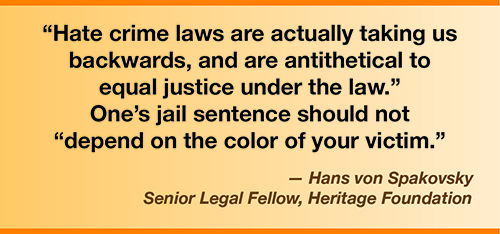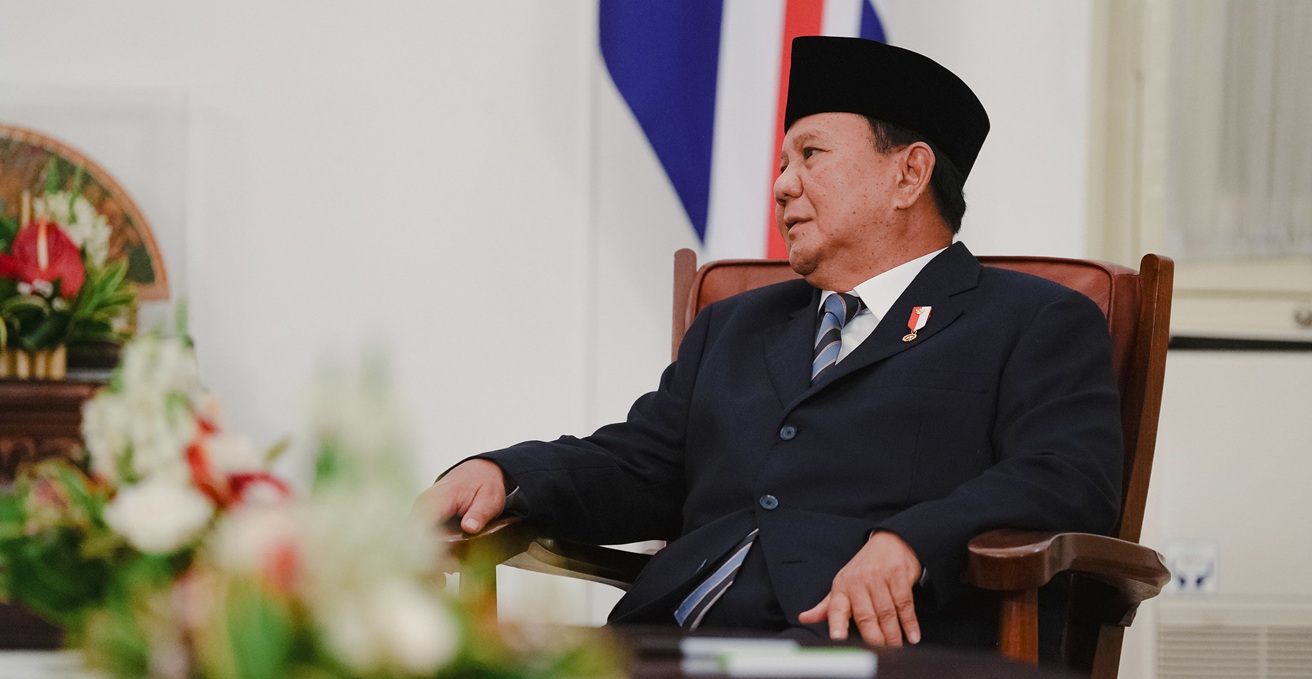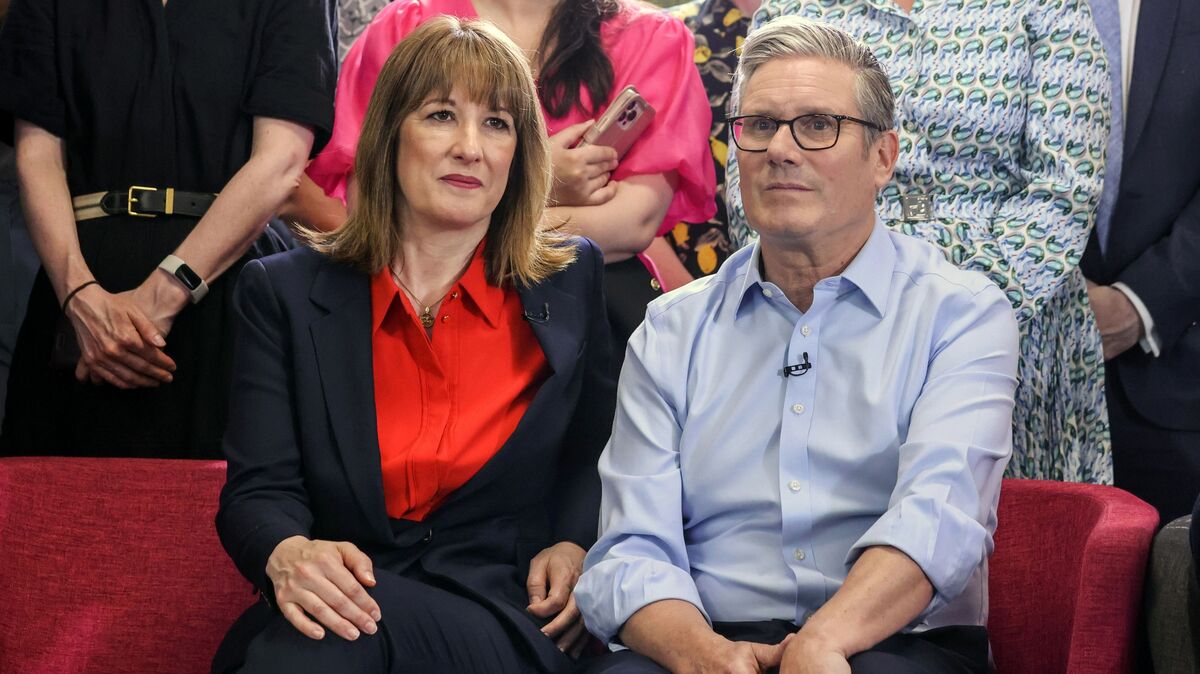
Sustainable Development Goals (SDGs)
Introduction
The Sustainable Development Goals (SDGs) are a set of 17 global goals established by the United Nations in 2015. These goals aim to address various social, economic, and environmental challenges and promote sustainable development worldwide.
Goal 1: No Poverty
Goal 1 aims to eradicate extreme poverty and reduce overall poverty rates by implementing social protection systems, promoting equal access to resources and opportunities, and ensuring sustainable economic growth.
Goal 2: Zero Hunger
Goal 2 focuses on ending hunger, achieving food security, improving nutrition, and promoting sustainable agriculture. This goal aims to ensure that everyone has access to safe, nutritious, and sufficient food all year round.
Goal 3: Good Health and Well-being
Goal 3 aims to ensure healthy lives and promote well-being for all at all ages. This includes reducing maternal and child mortality rates, combating communicable diseases, and ensuring access to quality healthcare services.
Goal 4: Quality Education
Goal 4 focuses on providing inclusive and equitable quality education for all. This goal aims to ensure that everyone has access to lifelong learning opportunities and acquire the knowledge and skills needed to promote sustainable development.
Goal 5: Gender Equality
Goal 5 aims to achieve gender equality and empower all women and girls. This includes eliminating all forms of discrimination and violence against women, ensuring equal access to education and healthcare, and promoting women’s participation in decision-making processes.
Goal 6: Clean Water and Sanitation
Goal 6 focuses on ensuring access to clean water and sanitation for all. This goal aims to improve water quality, reduce water scarcity, and promote sustainable water management practices.
Goal 7: Affordable and Clean Energy
Goal 7 aims to ensure access to affordable, reliable, sustainable, and modern energy for all. This includes promoting renewable energy sources, improving energy efficiency, and expanding access to electricity in developing countries.
Goal 8: Decent Work and Economic Growth
Goal 8 focuses on promoting sustained, inclusive, and sustainable economic growth, full and productive employment, and decent work for all. This includes providing equal opportunities for employment, promoting entrepreneurship, and improving labor rights.
Goal 9: Industry, Innovation, and Infrastructure
Goal 9 aims to build resilient infrastructure, promote inclusive and sustainable industrialization, and foster innovation. This goal focuses on enhancing technological capabilities, improving infrastructure quality, and promoting sustainable industrial practices.
Goal 10: Reduced Inequalities
Goal 10 focuses on reducing inequalities within and among countries. This includes promoting social, economic, and political inclusion, ensuring equal opportunities for all, and reducing inequalities in income, wealth, and access to resources.
Goal 11: Sustainable Cities and Communities
Goal 11 aims to make cities and human settlements inclusive, safe, resilient, and sustainable. This includes improving urban planning and management, providing access to affordable housing, and ensuring access to basic services and infrastructure.
Goal 12: Responsible Consumption and Production
Goal 12 focuses on promoting sustainable consumption and production patterns. This includes reducing waste generation, promoting sustainable resource use, and implementing environmentally sound management practices.
Goal 13: Climate Action
Goal 13 aims to take urgent action to combat climate change and its impacts. This includes strengthening resilience and adaptive capacity to climate-related hazards, integrating climate change measures into policies and planning, and promoting education on climate change.
Goal 14: Life Below Water
Goal 14 focuses on conserving and sustainably using the oceans, seas, and marine resources for sustainable development. This includes preventing marine pollution, protecting marine ecosystems, and promoting sustainable fishing practices.
Goal 15: Life on Land
Goal 15 aims to protect, restore, and promote sustainable use of terrestrial ecosystems, sustainably manage forests, combat desertification, halt and reverse land degradation, and halt biodiversity loss. This goal also promotes the fair and equitable sharing of benefits from the use of genetic resources.
Goal 16: Peace, Justice, and Strong Institutions
Goal 16 focuses on promoting peaceful and inclusive societies for sustainable development, providing access to justice for all, and building effective, accountable, and inclusive institutions at all levels. This includes reducing violence, promoting the rule of law, and ensuring equal access to justice.
Goal 17: Partnerships for the Goals
Goal 17 aims to strengthen the means of implementation and revitalize the global partnership for sustainable development. This includes enhancing international cooperation, promoting technology transfer, and increasing financial support for developing countries.
1. The SDGs addressed or connected to the issues highlighted in the article are:
– SDG 2: Zero Hunger
– SDG 3: Good Health and Well-being
– SDG 6: Clean Water and Sanitation
– SDG 13: Climate Action
2. The specific targets under those SDGs that can be identified based on the article’s content are:
– SDG 2.1: By 2030, end hunger and ensure access by all people, in particular the poor and people in vulnerable situations, including infants, to safe, nutritious and sufficient food all year round.
– SDG 3.3: By 2030, end the epidemics of AIDS, tuberculosis, malaria and neglected tropical diseases and combat hepatitis, water-borne diseases and other communicable diseases.
– SDG 6.1: By 2030, achieve universal and equitable access to safe and affordable drinking water for all.
– SDG 13.1: Strengthen resilience and adaptive capacity to climate-related hazards and natural disasters in all countries.
3. The indicators mentioned or implied in the article that can be used to measure progress towards the identified targets are:
– Indicator for SDG 2.1: Percentage of population with access to safe and nutritious food.
– Indicator for SDG 3.3: Incidence of AIDS, tuberculosis, malaria, and other communicable diseases.
– Indicator for SDG 6.1: Percentage of population with access to safe drinking water.
– Indicator for SDG 13.1: Number of deaths caused by climate-related hazards and natural disasters.
4. Table:
| SDGs | Targets | Indicators |
|——|———|————|
| SDG 2: Zero Hunger | Target 2.1: By 2030, end hunger and ensure access by all people, in particular the poor and people in vulnerable situations, including infants, to safe, nutritious and sufficient food all year round. | Indicator: Percentage of population with access to safe and nutritious food. |
| SDG 3: Good Health and Well-being | Target 3.3: By 2030, end the epidemics of AIDS, tuberculosis, malaria and neglected tropical diseases and combat hepatitis, water-borne diseases and other communicable diseases. | Indicator: Incidence of AIDS, tuberculosis, malaria, and other communicable diseases. |
| SDG 6: Clean Water and Sanitation | Target 6.1: By 2030, achieve universal and equitable access to safe and affordable drinking water for all. | Indicator: Percentage of population with access to safe drinking water. |
| SDG 13: Climate Action | Target 13.1: Strengthen resilience and adaptive capacity to climate-related hazards and natural disasters in all countries. | Indicator: Number of deaths caused by climate-related hazards and natural disasters. |
Copyright: Dive into this article, curated with care by SDG Investors Inc. Our advanced AI technology searches through vast amounts of data to spotlight how we are all moving forward with the Sustainable Development Goals. While we own the rights to this content, we invite you to share it to help spread knowledge and spark action on the SDGs.
Fuente: post-gazette.com

Join us, as fellow seekers of change, on a transformative journey at https://sdgtalks.ai/welcome, where you can become a member and actively contribute to shaping a brighter future.






